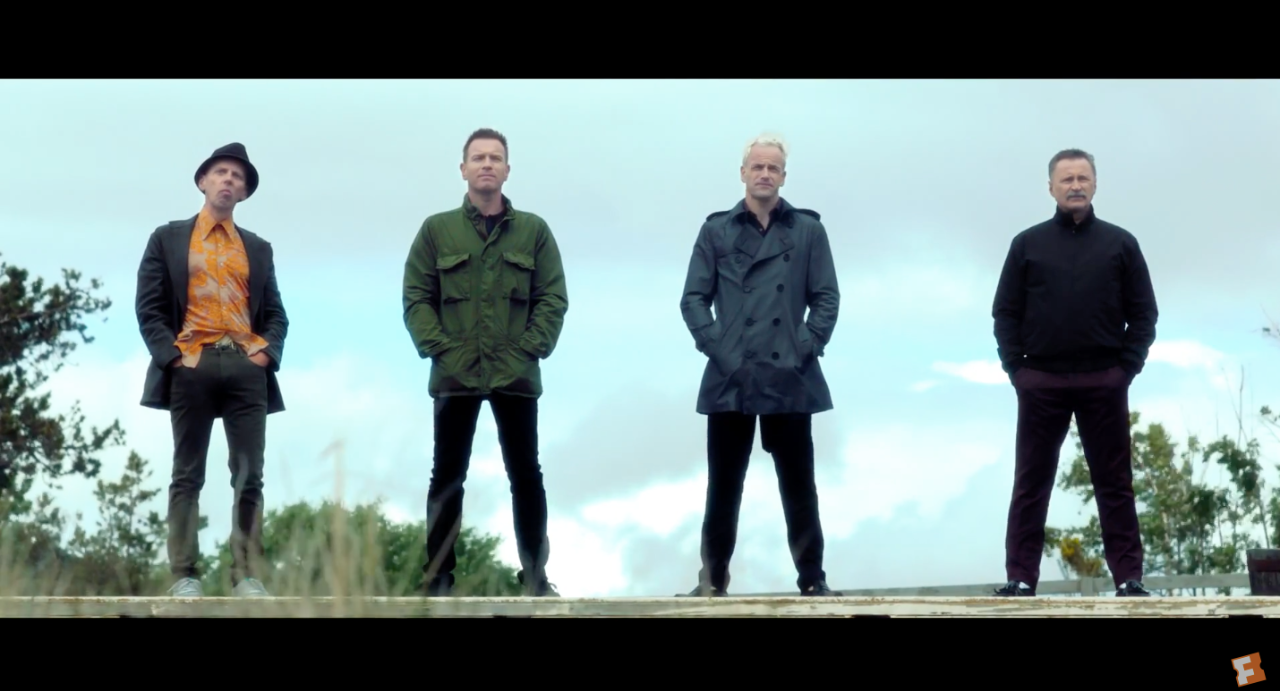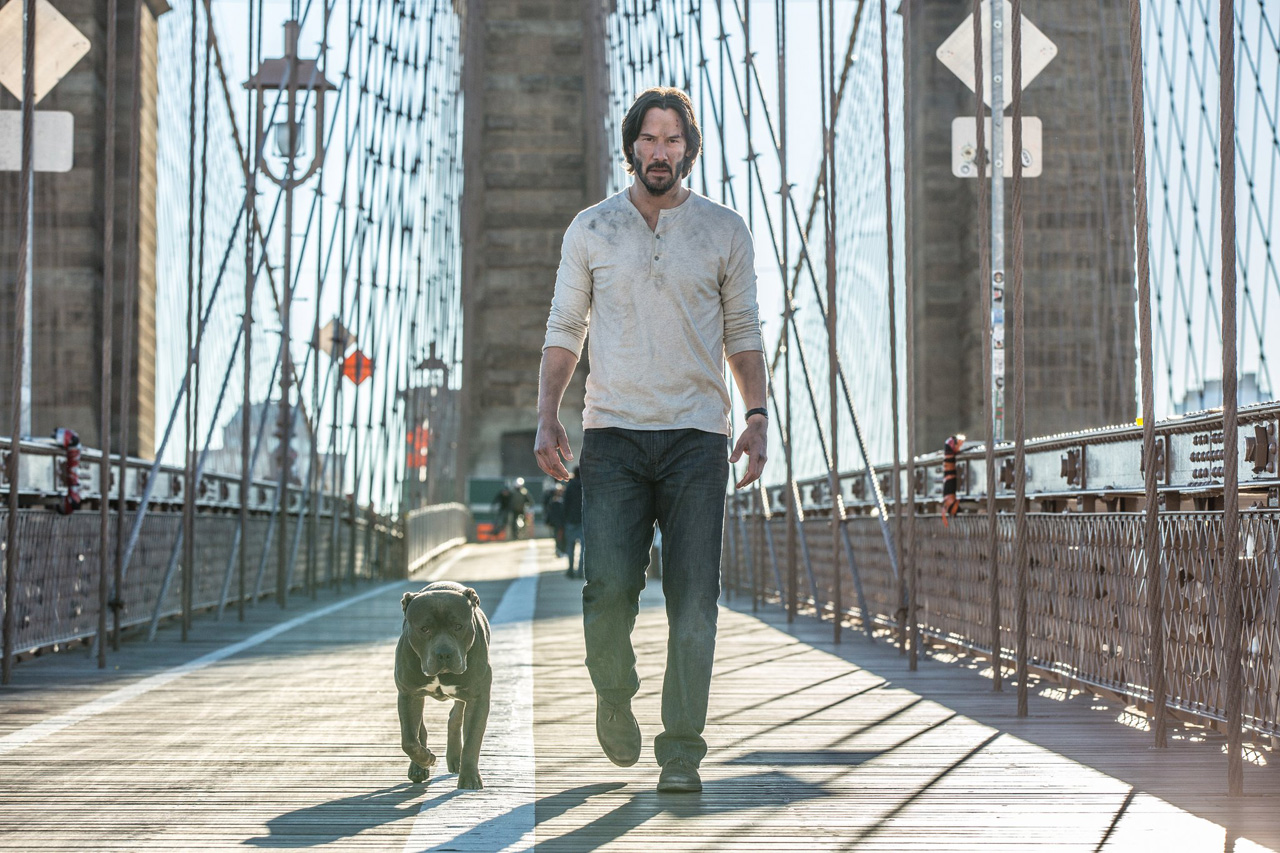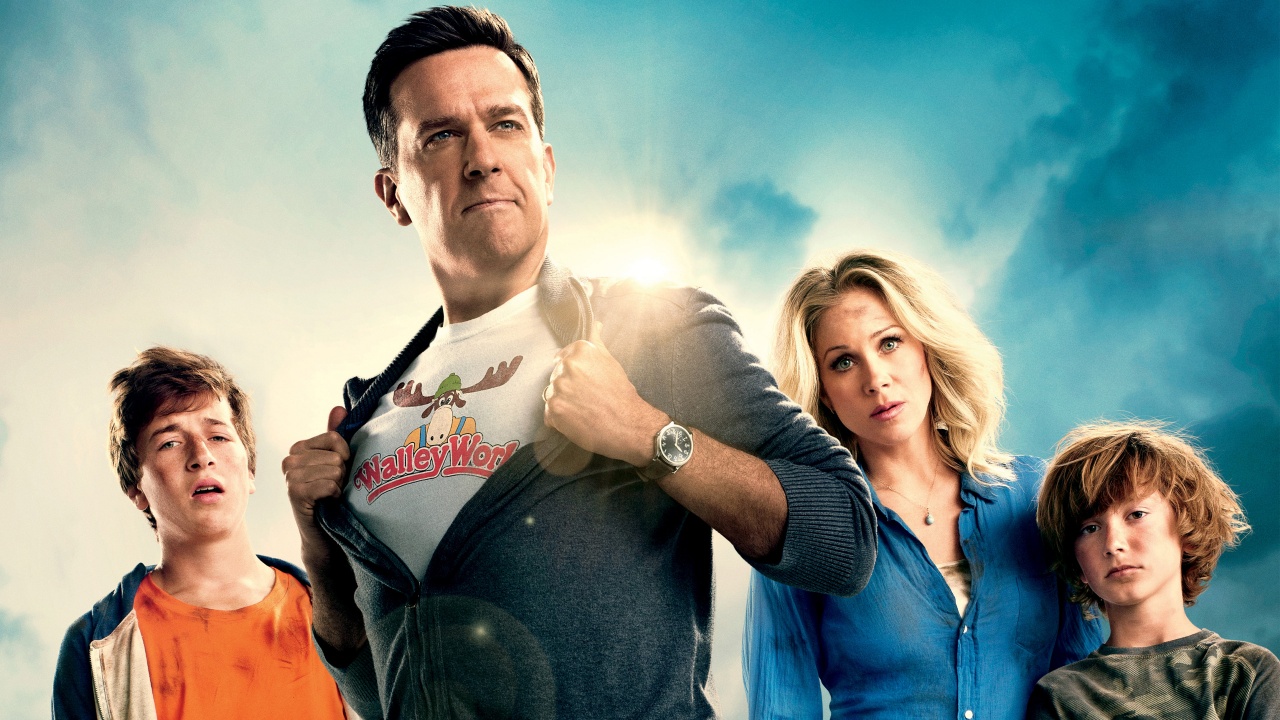T2 Trainspotting
by Christie Robb
Choose life. Choose a movie. Choose a sequel, a prequel, a reboot, a franchise. Choose a revival. Choose familiarity. Choose nostalgia.
Watching the sequel to Trainspotting was like watching the new Gilmore Girls—only with more violence and heroin.
Is it social media that makes us feel we need to keep endlessly up to date on everyone? Is living in a chaotic world leading to an increased desire for tidy endings? Is it just the same kind of curiosity that makes folks RSVP to class reunions? Who needs reasons when you’ve got Trainspotting?
T2 takes place 20 years after Mark Renton steals £16,000 of communal drug sale profits from his friends and splits, vowing to live the life of a grown up. He experiences a minor coronary episode on a treadmill, which serves as the catalyst for a midlife crisis. And this crisis doesn’t take him on the path to buy a convertible, or to a hair plug consultation, or make him vow to consume a daily probiotic. Because the plot demands it, Mark is drawn back home to Edinburgh-to a bunch of people who feel that, to some degree or another, he ruined their lives.
In the original movie, Simon “Sickboy” Williamson states his theory of life, “Well, at one point you’ve got it. Then you lose it.” T2 isn’t bad. But it’s not great either. It’s lost some of the magic that the first movie had. But then it’s probably supposed to have.
It’s a movie about middle age, about looking back at who you were in your twenties and assessing what you’ve done or haven’t. Set against the backdrop of a gentrifying Edinburgh, we are presented with a familiar plot. Scenes from the first movie are rehashed. Renton delivers a new “Choose Life” monologue to a bored 20-year-old, which largely pans internet culture, shrilly condemning the choices of a stereotypical member of the younger generation in the same way he condemned the spirit-crushing lifestyle of clichéd older folks 20 years before.
Sometimes key scenes from the old movie are even played as flashbacks or projected on top of an existing new scene. The music too, is recycled. As if the characters stopped listening to anything new at 25.
Sure, it’s delightful to see all the cast members together again (Ewan McGregor, Robert Carlyle, Ewen Bremner and Johnny Lee Miller) under the helm of original Trainspotting director Danny Boyle (who went on to win the Oscar for Slumdog Millionaire). But the enjoyment is not unlike seeing a fading star in concert, or asking for a tour of your childhood home, or meeting up with an old flame for a drink.
It’s nice for a bit, but maybe not quite as good as in the old days.









